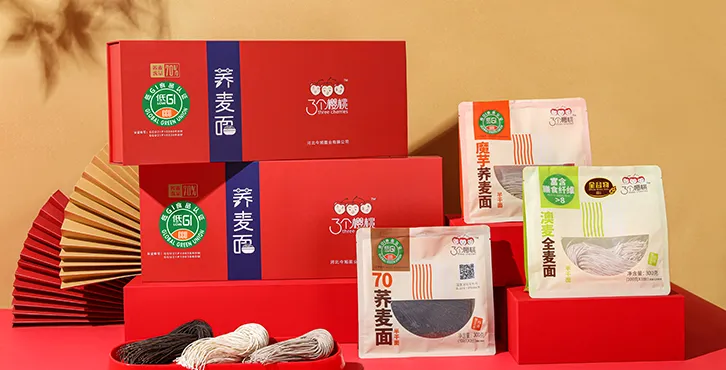buckwheat noodles cold
The Delight of Buckwheat Noodles Cold A Culinary Journey
Buckwheat noodles, known as “soba” in Japanese, have long been celebrated for their nutty flavor, versatility, and impressive health benefits. Traditionally served hot in soups or stir-fries, they are equally delightful cold, making them a perfect dish for the warmer months or for those looking to enjoy a light, nutritious meal. In this article, we will delve into the world of cold buckwheat noodles, exploring their cultural significance, preparation methods, and health benefits.
Cultural Significance
Soba noodles have a rich history in Japanese cuisine, dating back to the Edo period (1603-1868). They were originally made from 100% buckwheat flour, which, unlike regular wheat, is gluten-free. This makes soba a popular choice for people with gluten sensitivities or celiac disease. Over the years, buckwheat noodles have gained international appeal, and their cold preparation has received particular attention. In Japan, cold soba is often enjoyed during the hot summer months, served with a dipping sauce called “tsuyu,” which typically consists of soy sauce, mirin, and dashi. The dish is not just about taste; it’s also about the experience, where diners can engage in the ritual of dipping the noodles into the sauce, making it a sensory delight.
Preparation of Cold Buckwheat Noodles
Preparing cold buckwheat noodles is a simple yet satisfying process. First, select high-quality soba noodles. Look for those made from 100% buckwheat for the best flavor and texture. To cook the noodles, bring a pot of water to a rolling boil. Add the soba noodles, and stir gently to prevent sticking. Cook the noodles for about 4-5 minutes or until they are al dente. Once cooked, drain the noodles and rinse them under cold water to stop the cooking process and remove excess starch. This step is crucial for achieving the perfect texture.
buckwheat noodles cold

After rinsing, the noodles can be served in various ways. For a classic presentation, place the cold noodles on a bamboo mat or in a bowl, accompanied by a small dish of tsuyu for dipping. Add condiments like chopped green onions, wasabi, or grated daikon radish to enhance the flavor profile. Alternatively, cold soba can be incorporated into a salad. Toss the noodles with fresh vegetables such as cucumber, carrots, and bell peppers, and dress them with a soy sauce-based vinaigrette for a refreshing meal.
Health Benefits
One of the most appealing aspects of buckwheat noodles is their remarkable nutritional profile. Buckwheat is rich in protein, fiber, and essential minerals, making it a great alternative to traditional pasta. It contains all nine essential amino acids, which is rare for plant-based foods, contributing to muscle recovery and overall health. Moreover, buckwheat is high in antioxidants, which help combat oxidative stress and inflammation in the body.
In addition to being nutrient-dense, cold buckwheat noodles are hydrating and light, making them ideal for hot weather. They provide sustained energy without weighing you down, perfect for a summer lunch or dinner. For those looking to maintain or lose weight, the high fiber content in buckwheat can promote satiety, helping you feel fuller for longer.
Conclusion
Cold buckwheat noodles offer a delightful culinary experience that blends tradition, health, and flavor. Whether enjoyed in a simple dipping style or as part of a vibrant salad, these noodles embody the essence of wholesome Japanese cuisine. Their ease of preparation, coupled with numerous health benefits, makes them an excellent choice for any meal. This summer, why not try making your own cold buckwheat noodles and embark on a flavorful journey that celebrates the rich traditions of soba while nourishing your body and soul?
-
Unleash Your Inner Chef with Delectable Italian Pasta CreationsNewsAug.01,2025
-
Savor Health and Flavor: Irresistible Soba Noodles for Sale Await!NewsAug.01,2025
-
Nourish Your Body with Premium Organic Ramen - A Culinary Delight AwaitsNewsAug.01,2025
-
Elevate Your Dishes with Our Exquisite Kinds of Egg NoodlesNewsAug.01,2025
-
Dive into Flavorful Convenience with Our Ramen OfferingsNewsAug.01,2025
-
Discover Exquisite Types of Naengmyeon and Chilled Soba NoodlesNewsAug.01,2025
-
Is Whole Wheat Pasta Healthy?NewsMay.30,2025
Browse qua the following product new the we

















































































































